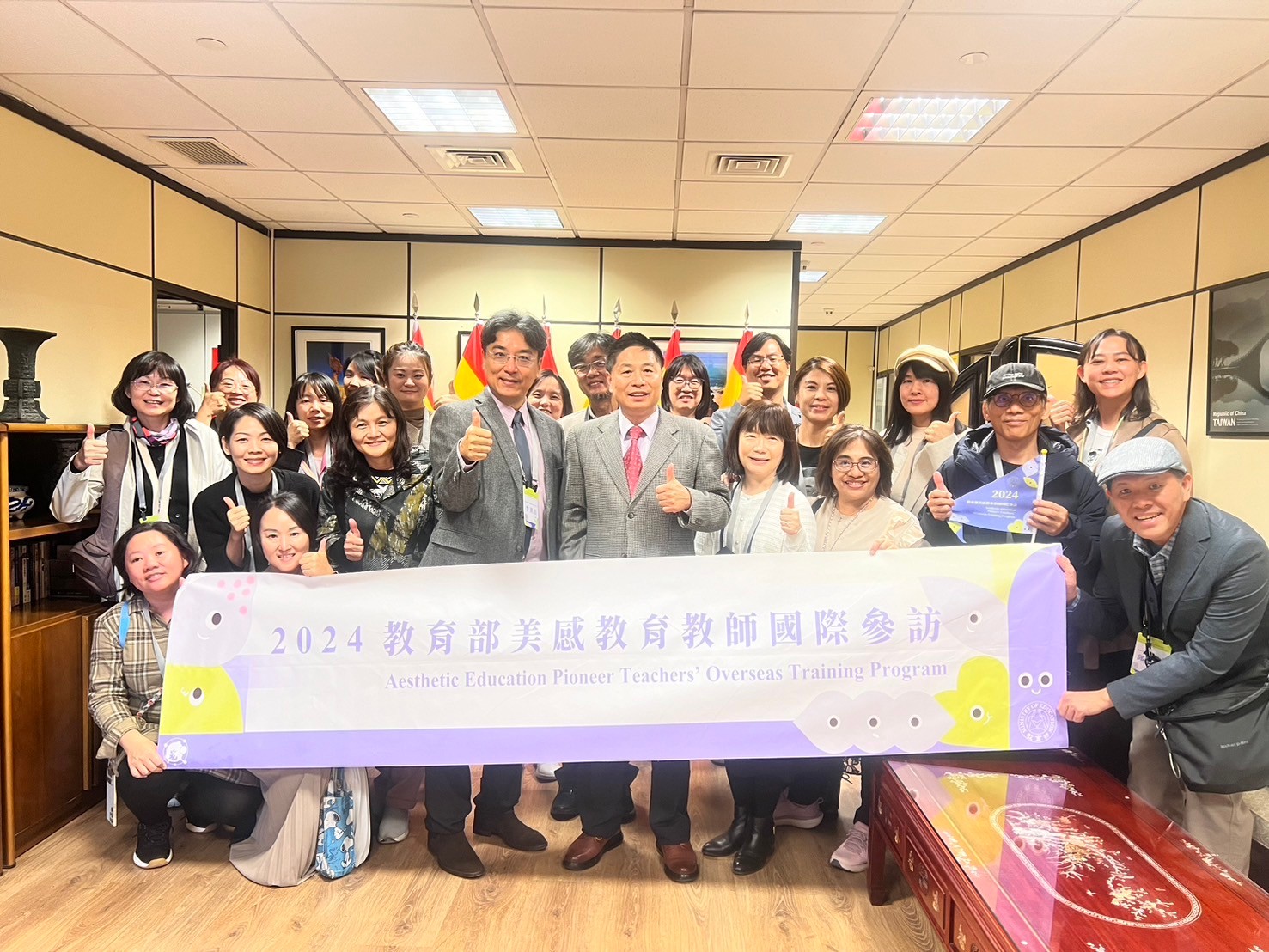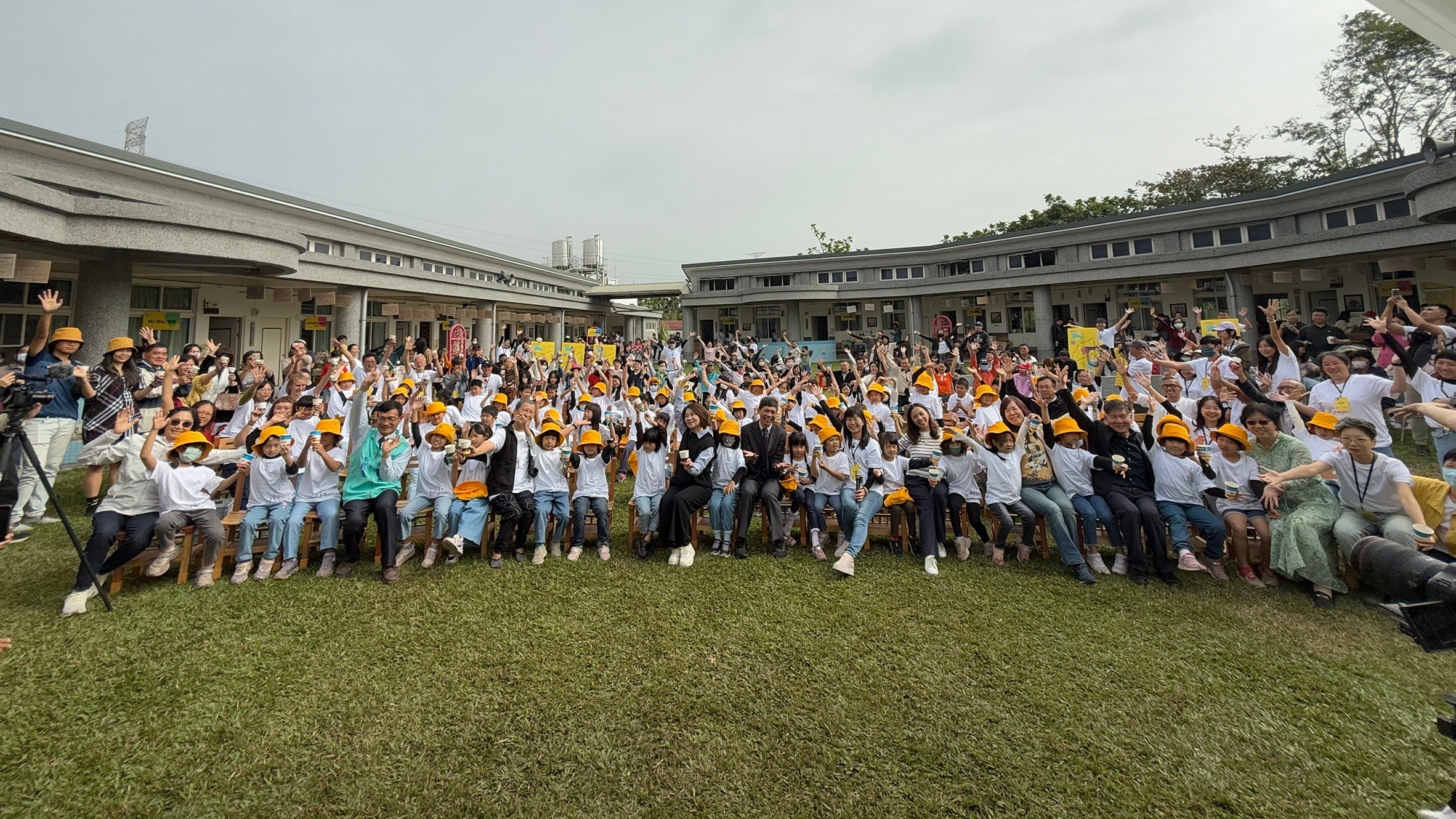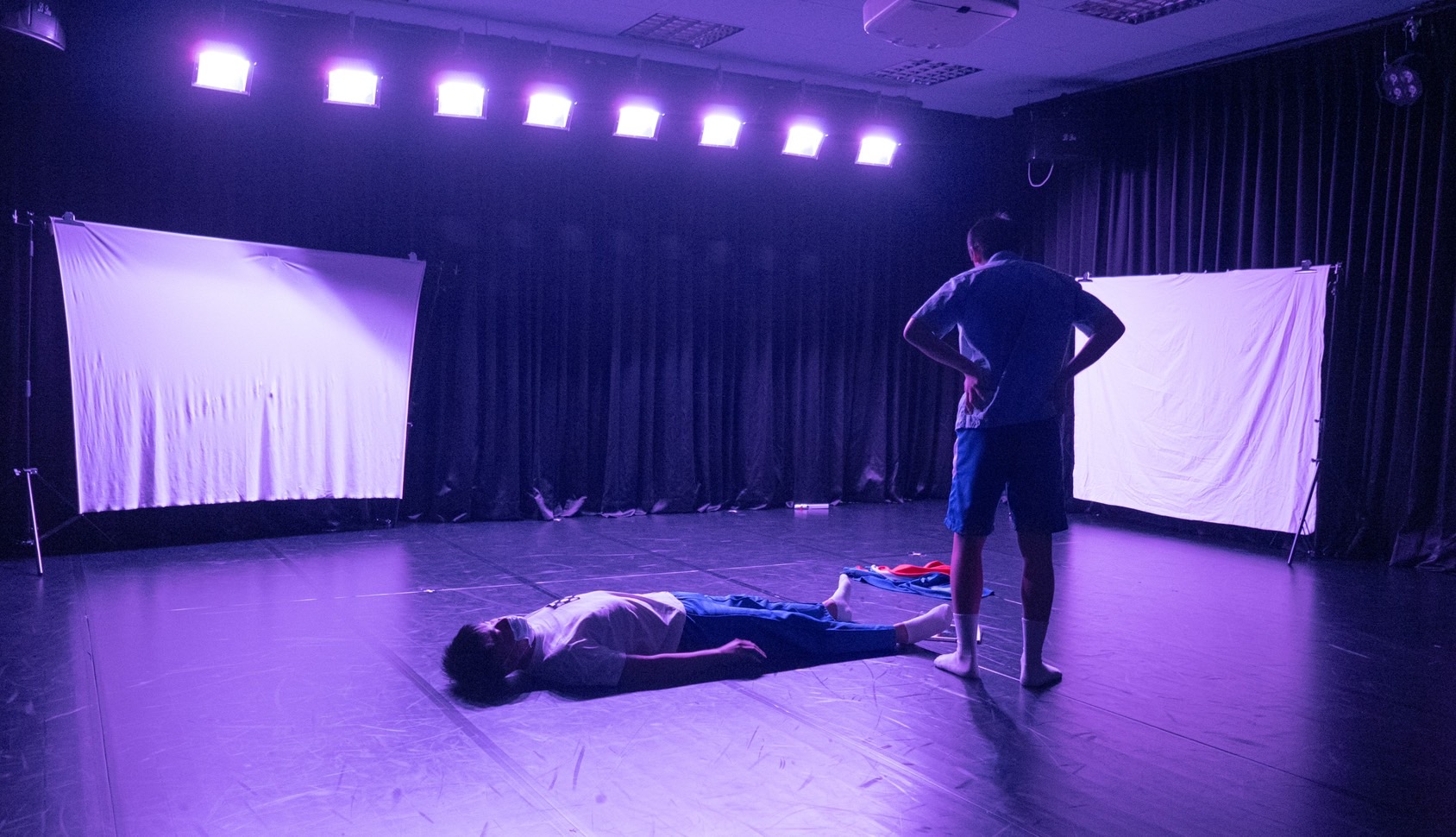Life Aesthetics·Cross-Domain Thinking─Aesthetic Education Teachers Visit Japan to Integrate and Create Aesthetic Education
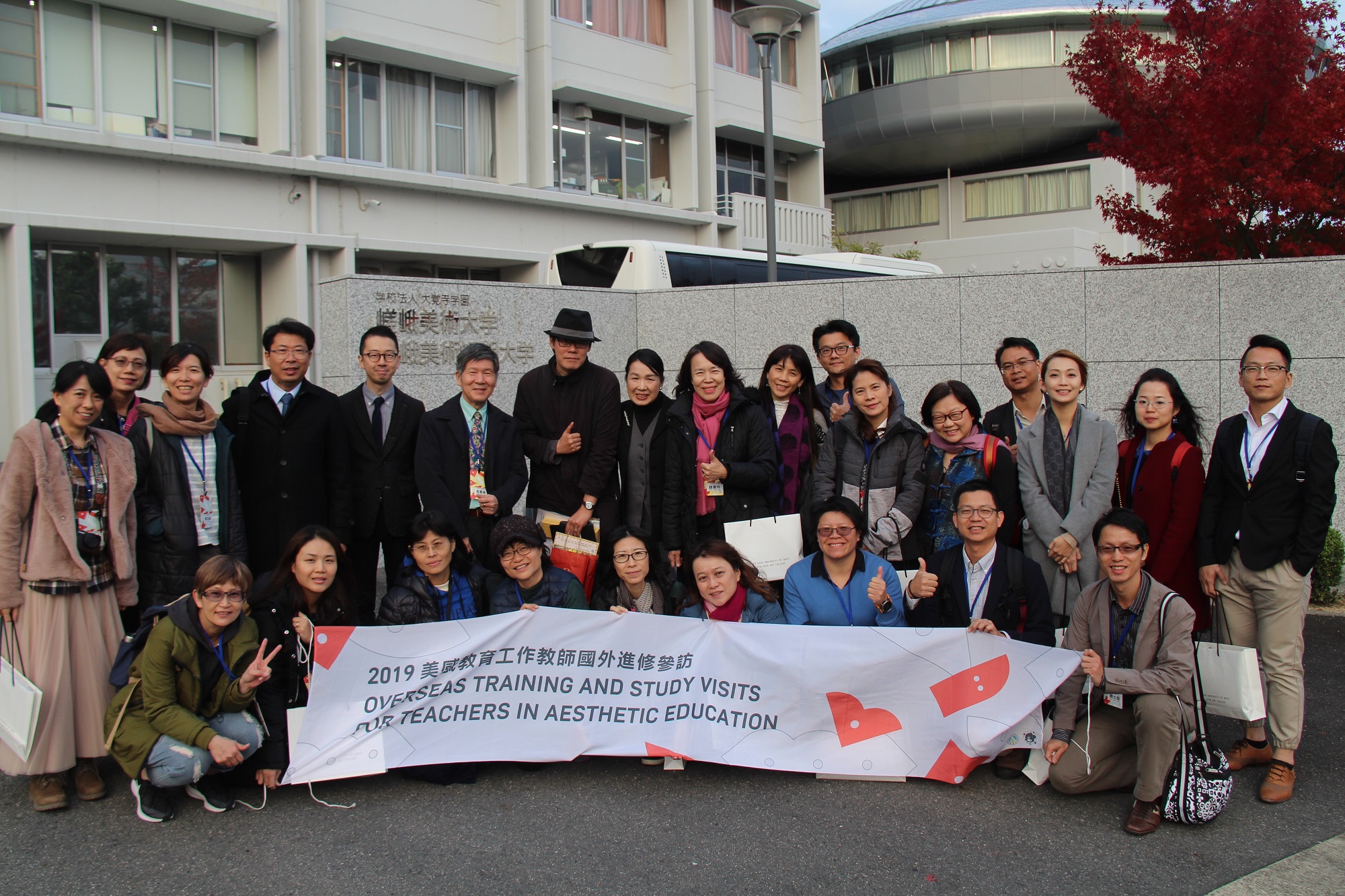
The Japanese delegation, led by Professor Gao Zhenfeng from the Department of Visual Arts of Taipei City University and Dean Zhao Huiling of the National Taiwan Normal University School of Arts, visited Nagoya, Kyoto, Osaka and other places from November 21st to 27th, and achieved fruitful results.
The 72nd Japan "National Plastic Education Research Conference" was held in Nagoya. It is a national visual arts teaching and research event that is widely valued in Japan. It is known for its rigorous and reference-worthy professional teaching activities. Through on-site classroom observation, Teaching practice and expert discussions are used to explore the connotation of executive courses.
The theme of this year's conference is "Perceptual Thinking, Integration and Symbiosis", and the main theme of the curriculum is developed around this topic. The visiting group was divided into groups and went to 5 primary and secondary schools that provide public teaching to observe classes. Among them, group members went to Nagoya Municipal Elementary School's sixth-grade course - "Space Creation". The course design projected on different volumes, shapes, and textures through the reorganization of points, lines and planes, the interchange of warm and cold colors, fast and slow rhythms, etc. Stimulate the unlimited imagination possibilities of school children. Teachers focus on the integration of topics in curriculum design. Art classes are not just about teaching art. Children discover emotions through guided observation, and then combine technology with the concept of optics to create expressions in the open space of the classroom and experiment with their own emotions. different states. During the class observation, the children were busy creating their own works and had the courage to raise their hands to ask questions. They were not affected by the movement of the class observers at all, which impressed the visiting group deeply.
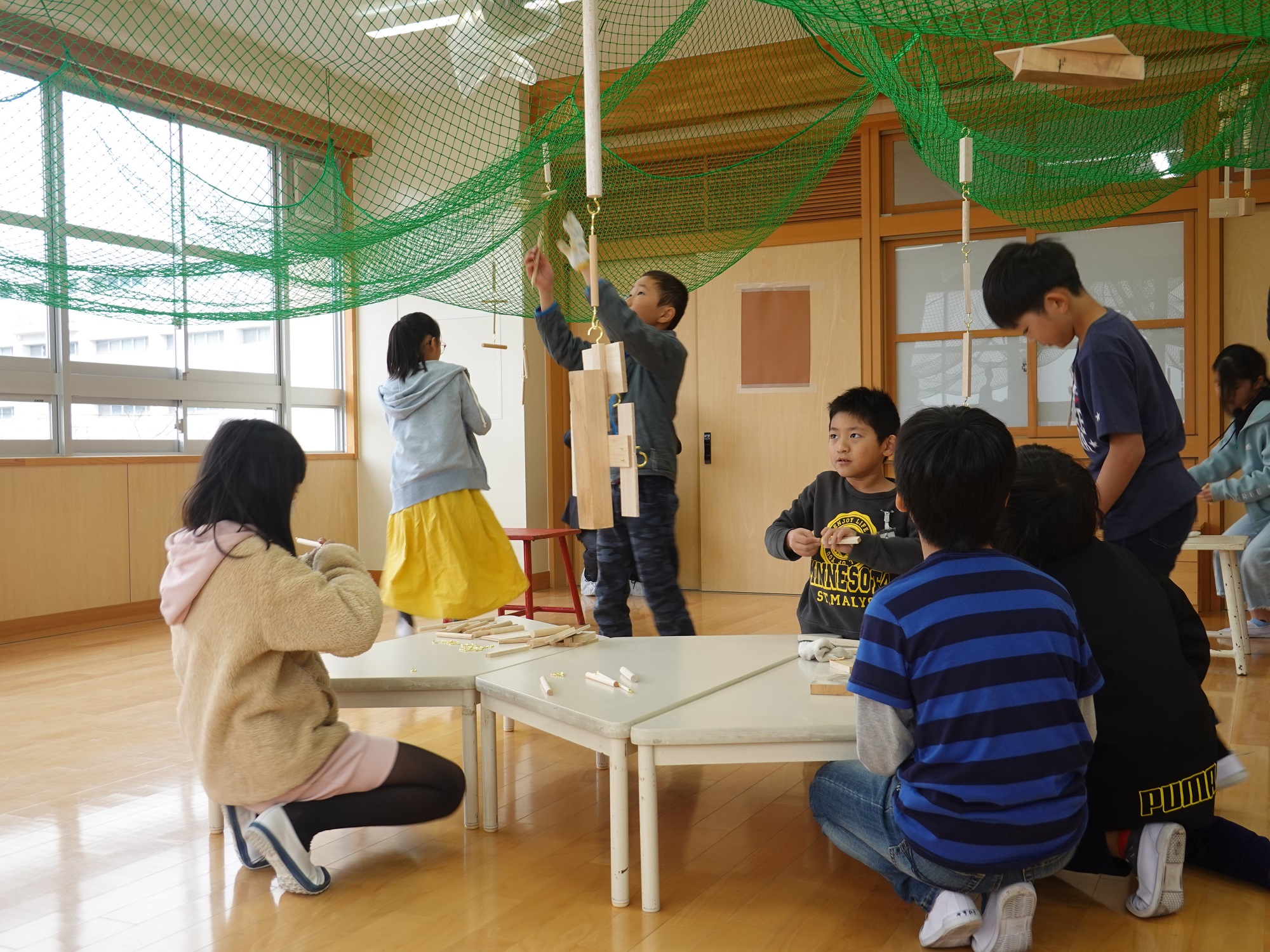
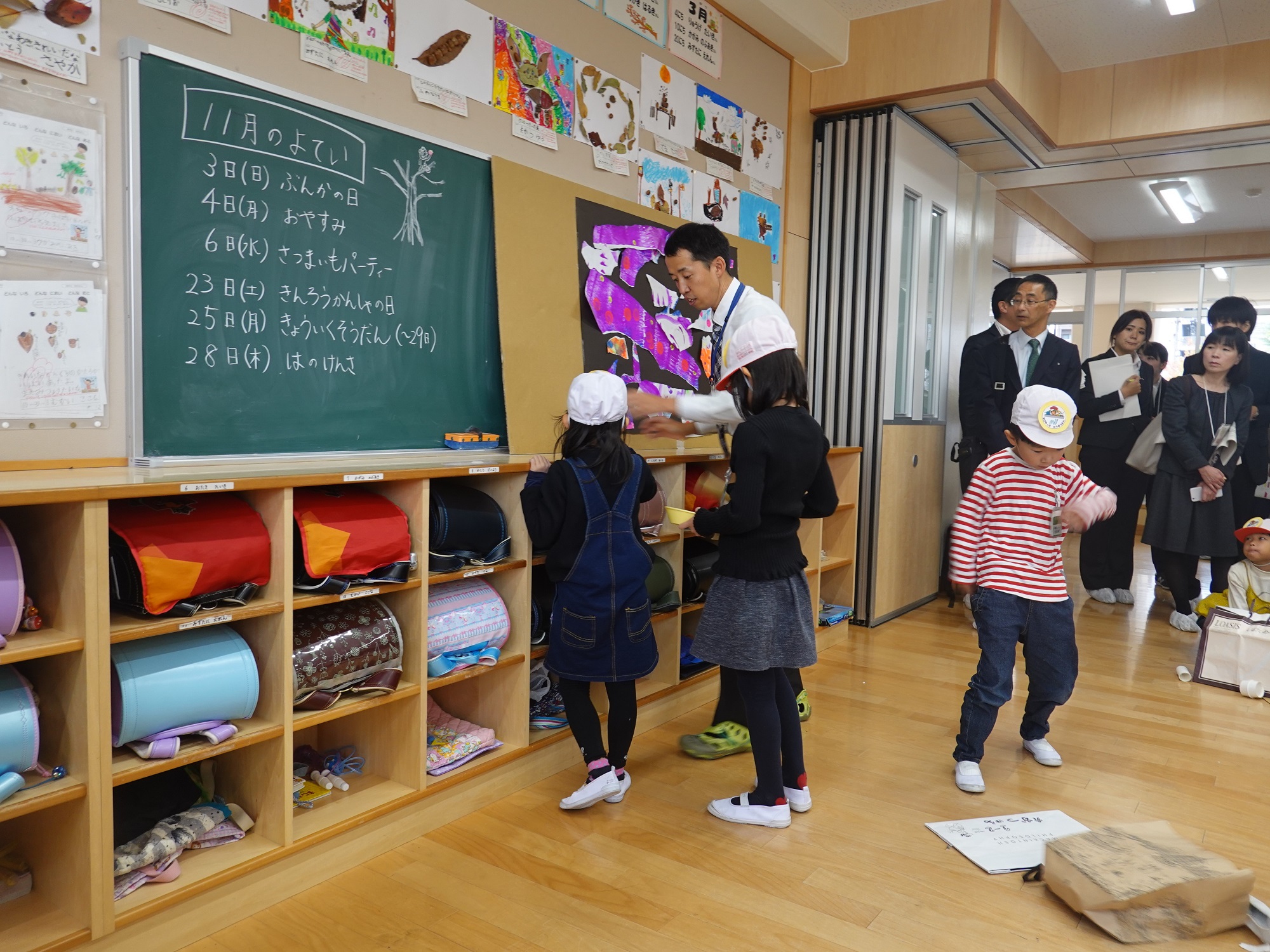
In addition, through the assistance of our country office in Osaka, the delegation was also able to successfully visit "Doshisha Elementary School", "Doshisha Junior High School" and "Saga Art University" in Kyoto. "Doshisha Elementary School" is a private elementary school that values students' adaptive development and exploratory learning. The school building is an open area. The classrooms and corridors are like the partitions of a Japanese-style room. They can be flexibly adjusted according to the needs of use. Students can freely explore themselves in various learning corners. Discover problems and find answers. In the bright and open campus space, guided by the principal Kazuhiko Yokoi and the academic director Masahiro Tanaka, they not only visited the class appearance of each class, but also visited the student works displayed inside and outside the classroom.
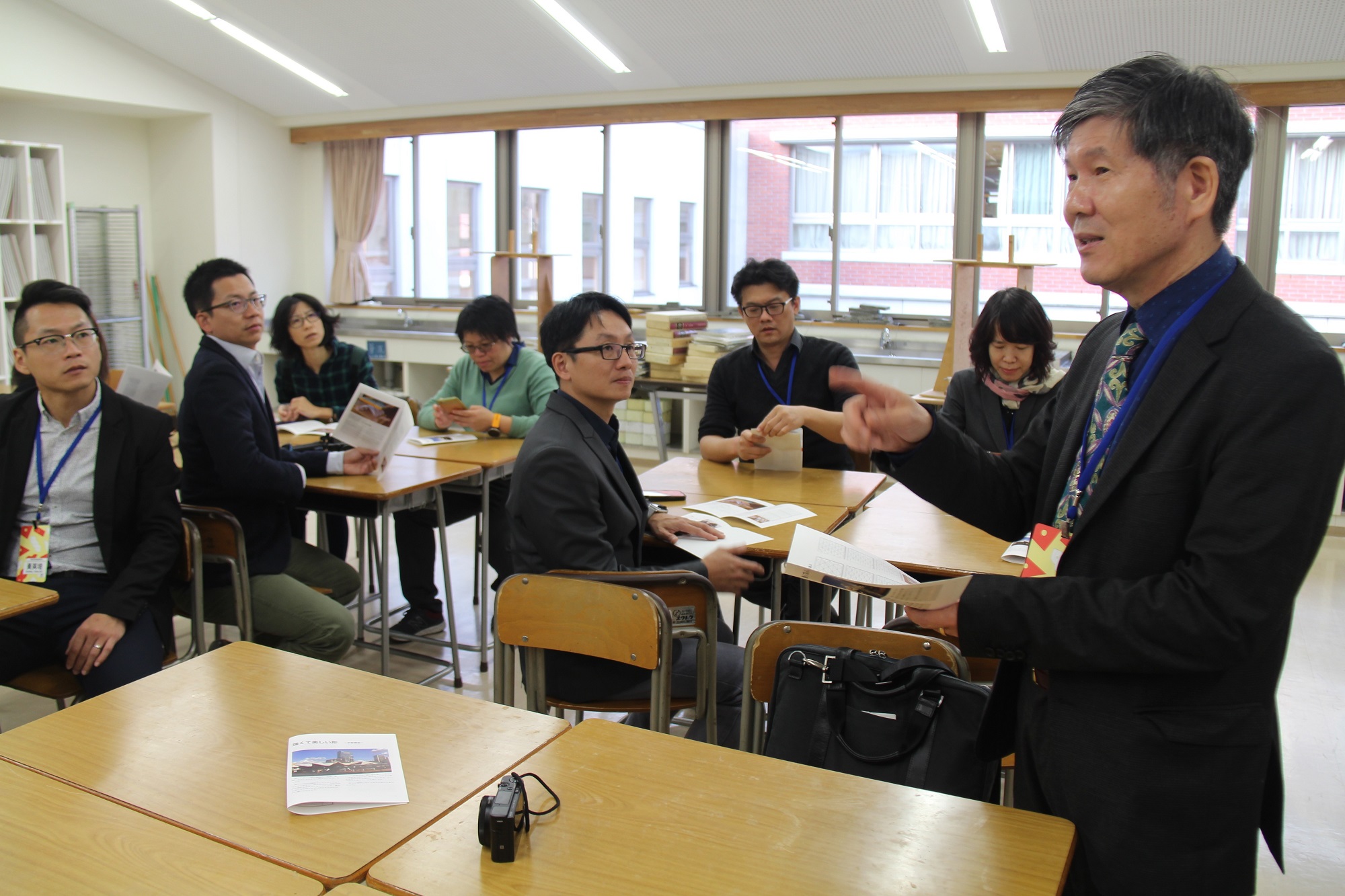
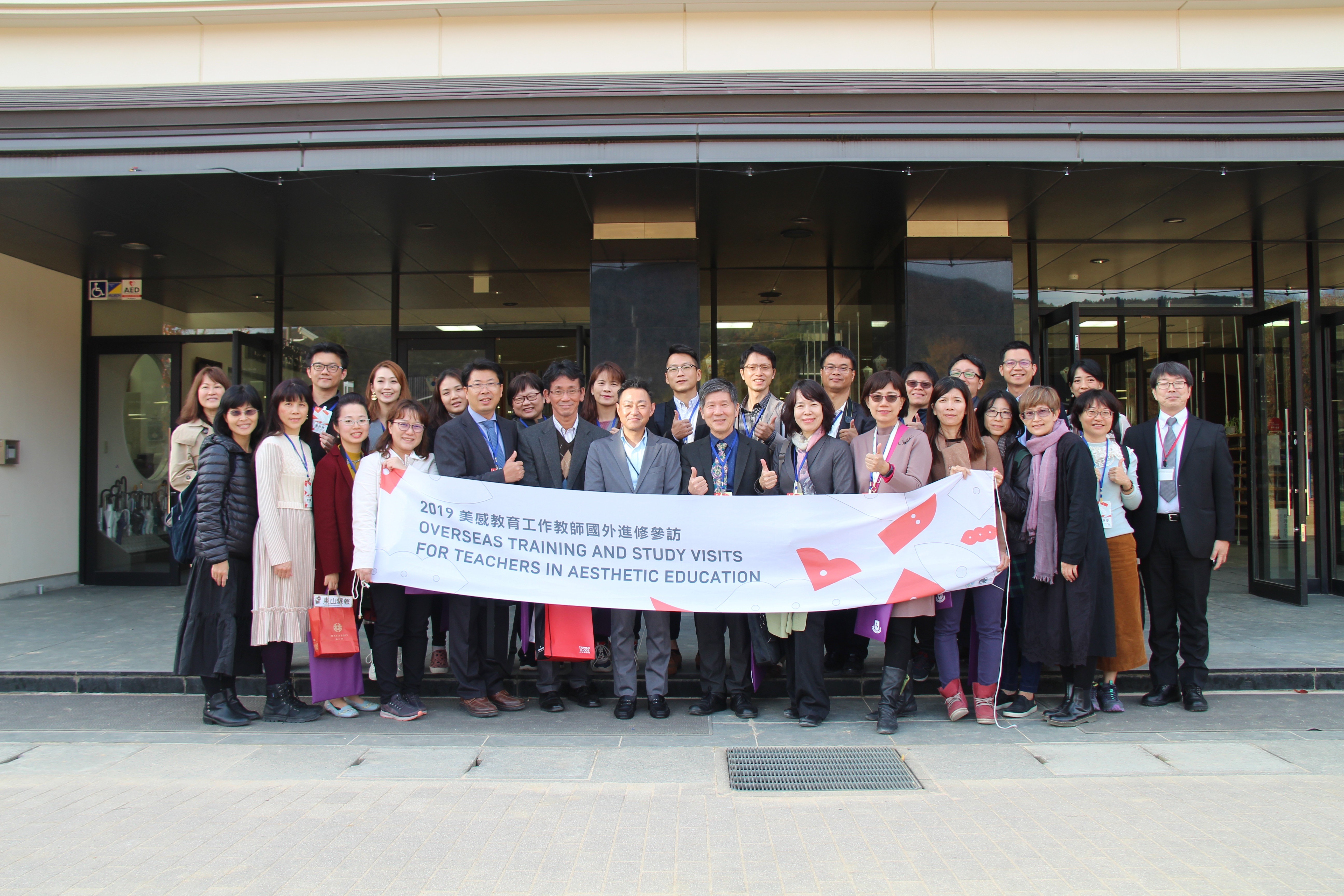
Although "Doshisha Junior High School" is located next to Doshisha Elementary School, they are independent. Teacher Kazuya Numata introduces the cross-field learning method emphasized in each subject. Students run in separate classes, allowing students to learn independently and develop independently through immersive teaching. I want to study the topic and build a learning process. The school arranged a handicraft course - "Create Your Roof" to allow teachers to think about how to use different folding methods of a piece of paper, explore various possibilities at the intersection of aesthetics and mechanics, and create a paper roof that can carry more than a hundred times the weight. .
"Saga Art University" was led by President Masako Sasaki and Professor Wu Chengang from Taiwan who teaches at the school to visit courses in various departments. The school's curriculum first started with ikebana, and eventually developed into "Saga Goryu", one of the largest ikebana schools in Japan today. In order to allow the visiting group to experience its founding spirit, the school specially arranged an "ikebana experience", using various flower materials to design a small lakeside scene; during the process, the visiting group used the compositional aesthetics of "body" and "use" as well as the body and mind. Balanced and coordinated multiple feelings provide a cross-domain aesthetic experience.
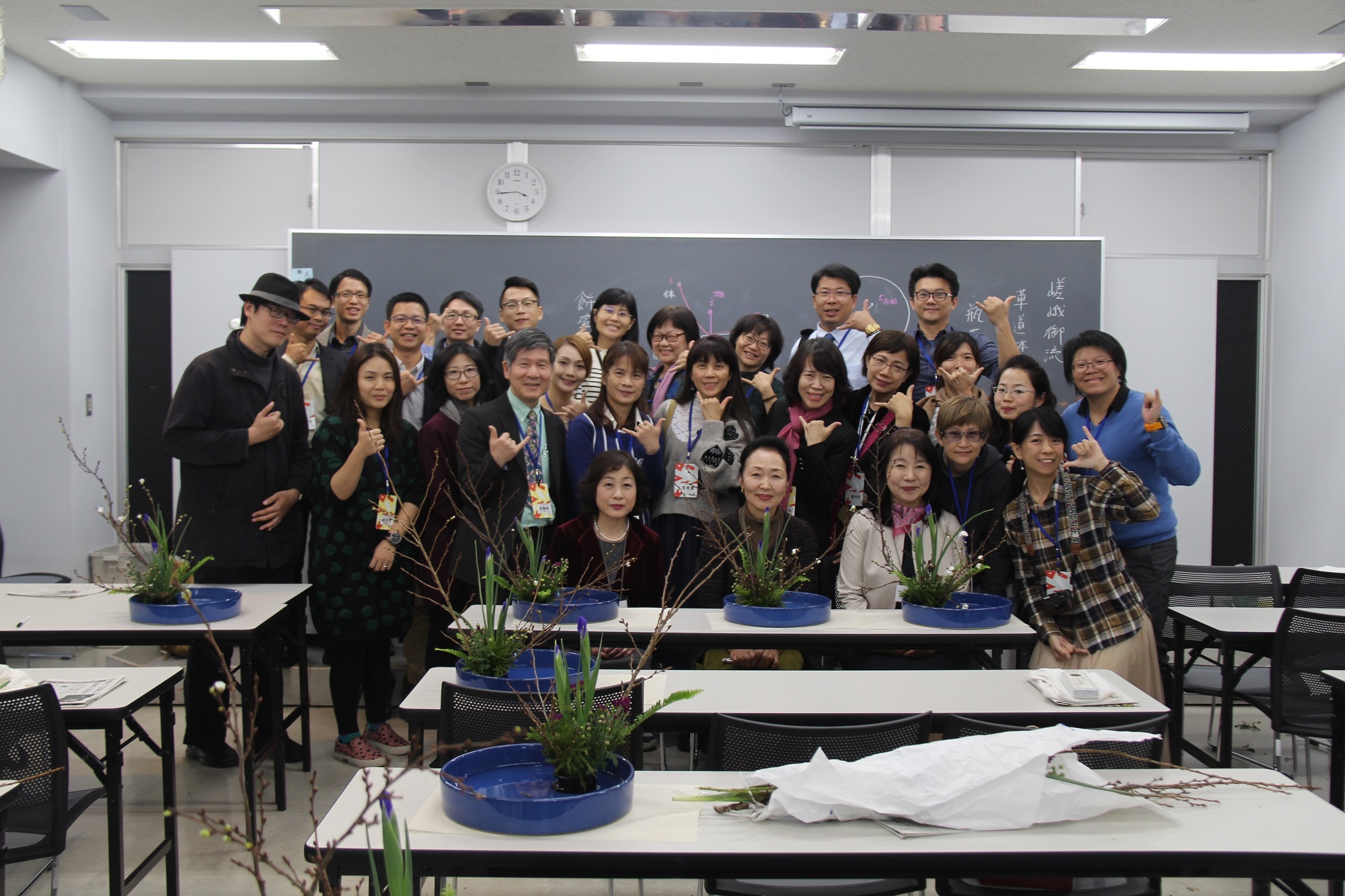
In addition to the aforementioned itinerary that provides an overview of Japanese teaching sites for various learning stages, the visiting group planned a number of activities that bring aesthetic education into cultural experiences, including kimonos, weaving, yutofu, wagashi, tea ceremonies, etc.; through experiencing Japanese traditional The essence of culture turns beauty into something invisible and blends it into life. Teacher Huang Xiuling of National Miaoli High School said: "Flowers have no life, but they are given by you. They are a kind of beauty, metaphysical beauty. To understand Tao through flowers, flowers are not just flowers. Tea has no life, but it is given by you. . It is a kind of beauty, metaphysical beauty. Tea is not just tea."
Teachers from art and various subjects in primary and secondary schools across the country, as well as teachers who implement aesthetic projects, have gained a lot of harvest and emotion through this cross-border experience trip of Japanese aesthetics. After returning home, they will continue to bloom with energy and bring beauty education to Taiwan. Shine more and heat up.

